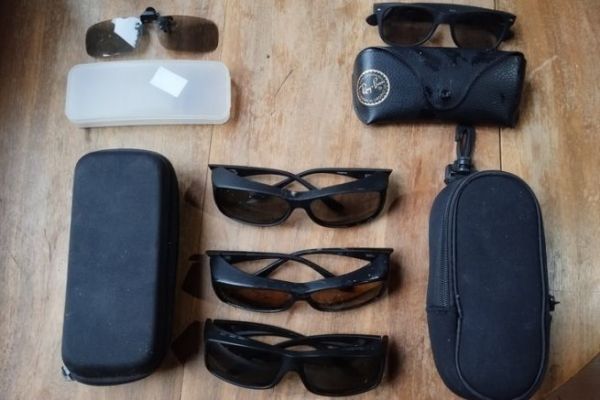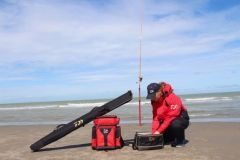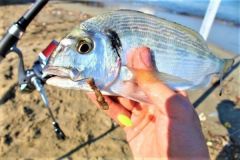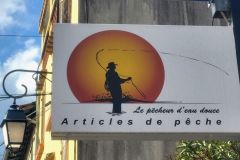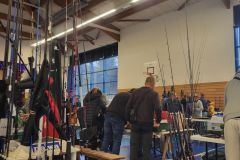Polarized goggles are an essential accessory for me, and I can't imagine going out on the water without them. So I've been using them for a long time, and I've owned (and misplaced!) a lot of them. However, as a spectacle wearer, it's hard to find the ideal solution from the range on offer, and the choice is often a matter of compromise. So polarized glasses, clip-on or over-glasses?
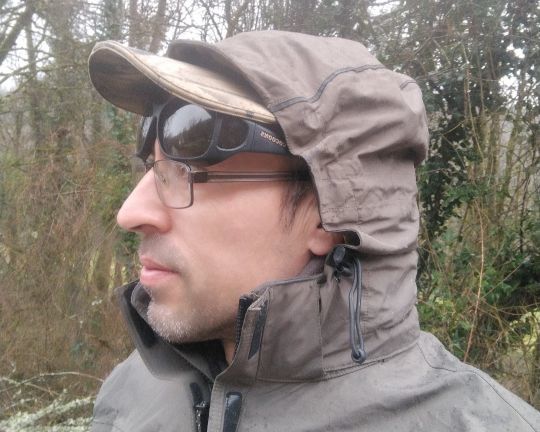
I won't go into the solution of wearing contact lenses and then having access to "classic" polarized glasses.
Polarized glasses for your eyes
It sounds ideal. You can have glasses made to your exact specifications, with high-quality lenses from Essilor, or Maui Jim, for example, a reference in this field, which offers this service. It's quite expensive, but when you like...
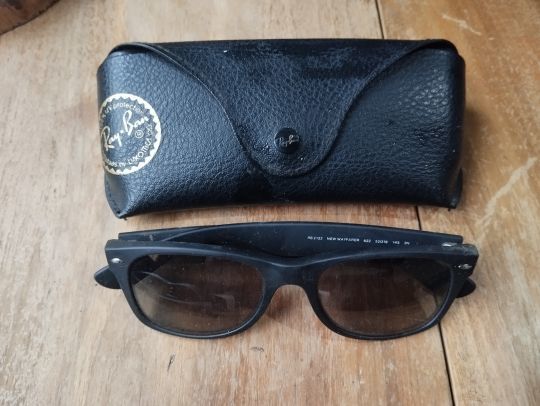
But this solution doesn't work for me, because it's essential to be able to switch from the "polarized" view to the "classic" view (and vice versa) very quickly. This is the case in many situations:
- To "tinker". When I'm making a montage, for example, or redoing a knot, I find it annoying to have tinted lenses.
- To read a screen. Polarized lenses make it difficult to read a screen, which is a problem when looking at your echo sounder, for example.
- When light levels drop, tinted lenses become a handicap.
- To detect a gobble. As you fly fishers may have realized, it's much easier to detect a gobage without polarization. So when the insects are drifting on the surface of the water, I find myself in a favourable area and scan the water for a "round", which can sometimes be very discreet, I do so without polarization. But a few moments later, the prospecting resumes and polarized lenses are once again indispensable for detecting fish below the surface. So here again, switching from one to the other quickly is essential.
So the solution of polarized glasses for her is not one I use.
Polarizing clips
This accessory, which attaches to eyeglasses, has the advantage of being easy to lift up. Other advantages are that they're inexpensive, very light and don't take up much space. They may seem like the ideal solution, but they do have a few drawbacks:
- The toggle system that holds these clips to our frame encroaches on our field of vision. You get used to it, but it can be disturbing at first.
- The quality isn't there, it's low-quality plastic "glasses", the big brands: Mau Jim, Costa Del Mar, Smith... As far as I know, they do not offer this type of product
- There's no side filtration. As these clips are attached to our conventional (non-wraparound) glasses, we're bothered when too much light comes in from the side.
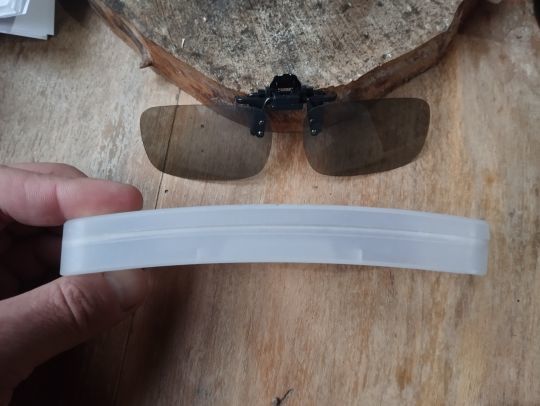
Despite these negative points, it's a solution I sometimes use, and its small size makes it convenient to slip one into your vest or bakkan.
Overglasses
These glasses are superimposed on our prescription glasses. This inexpensive solution also makes it easy to switch from polarized to conventional vision. All you have to do is mount these overglasses on top of your conventional glasses. They do away with the problem of clips, as the lenses on their sides filter out incoming light. However, they too have their shortcomings (not to mention the aesthetic aspect...).
- They too are of low quality, as the major brands don't offer them.
- They're pretty heavy, and you're happy to take them off at the end of the fishing trip. If used very intensively, for several days in a row, they can also cause pain in the nose.
- When it rains, it's very unpleasant to have your hood, cap and polarized glasses resting on these prescription glasses. The hood presses on the cap, which presses on the over-glasses, which press on the classic frame, and here too, it's painful on the nose.
- They are bulky.
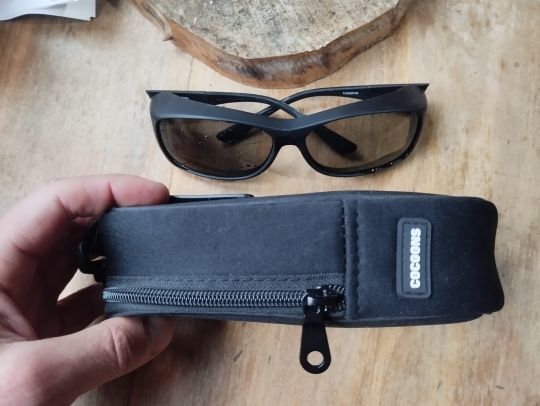
Despite these shortcomings, this is the solution I use most often.
Now it's up to you to make the right choice according to your needs.
